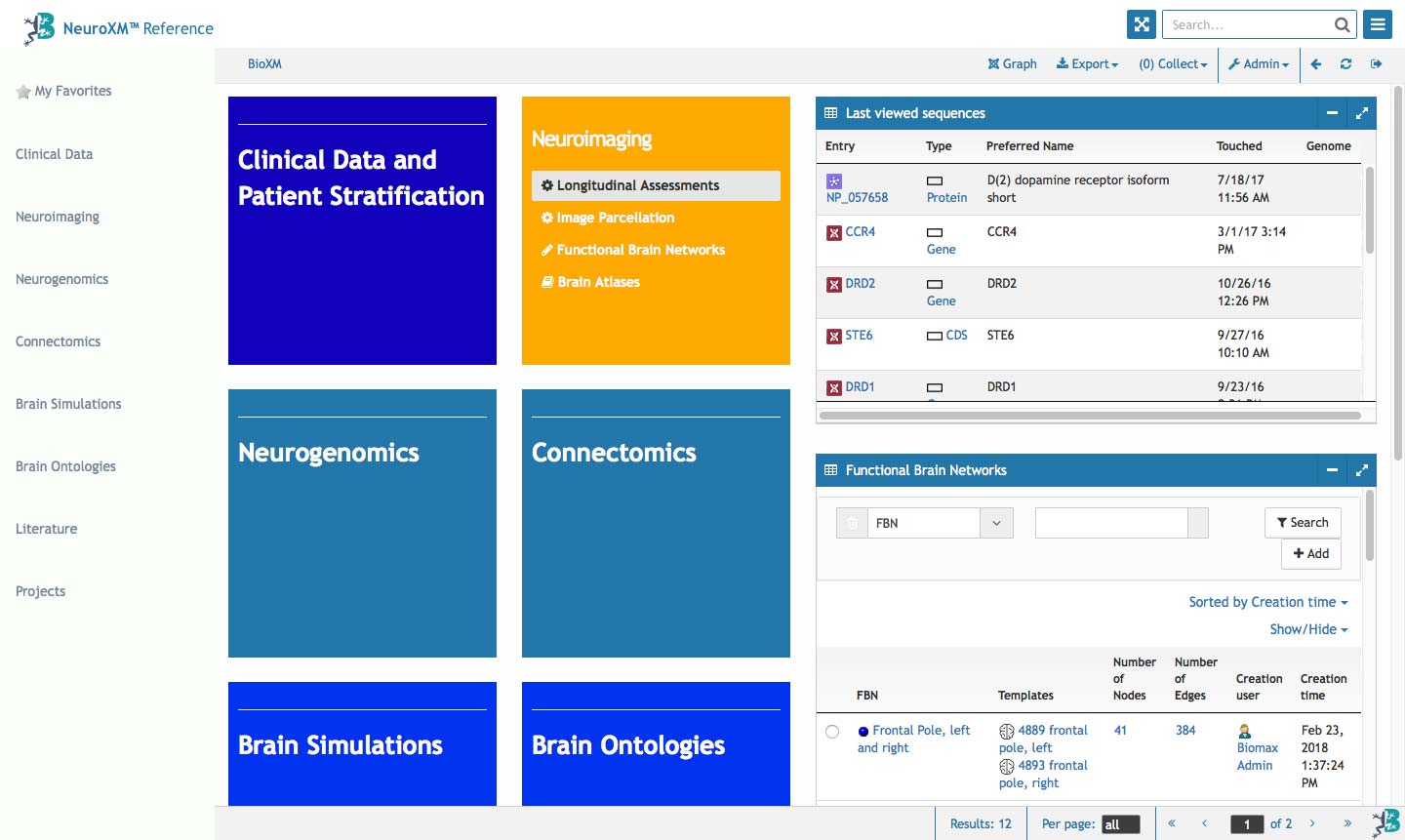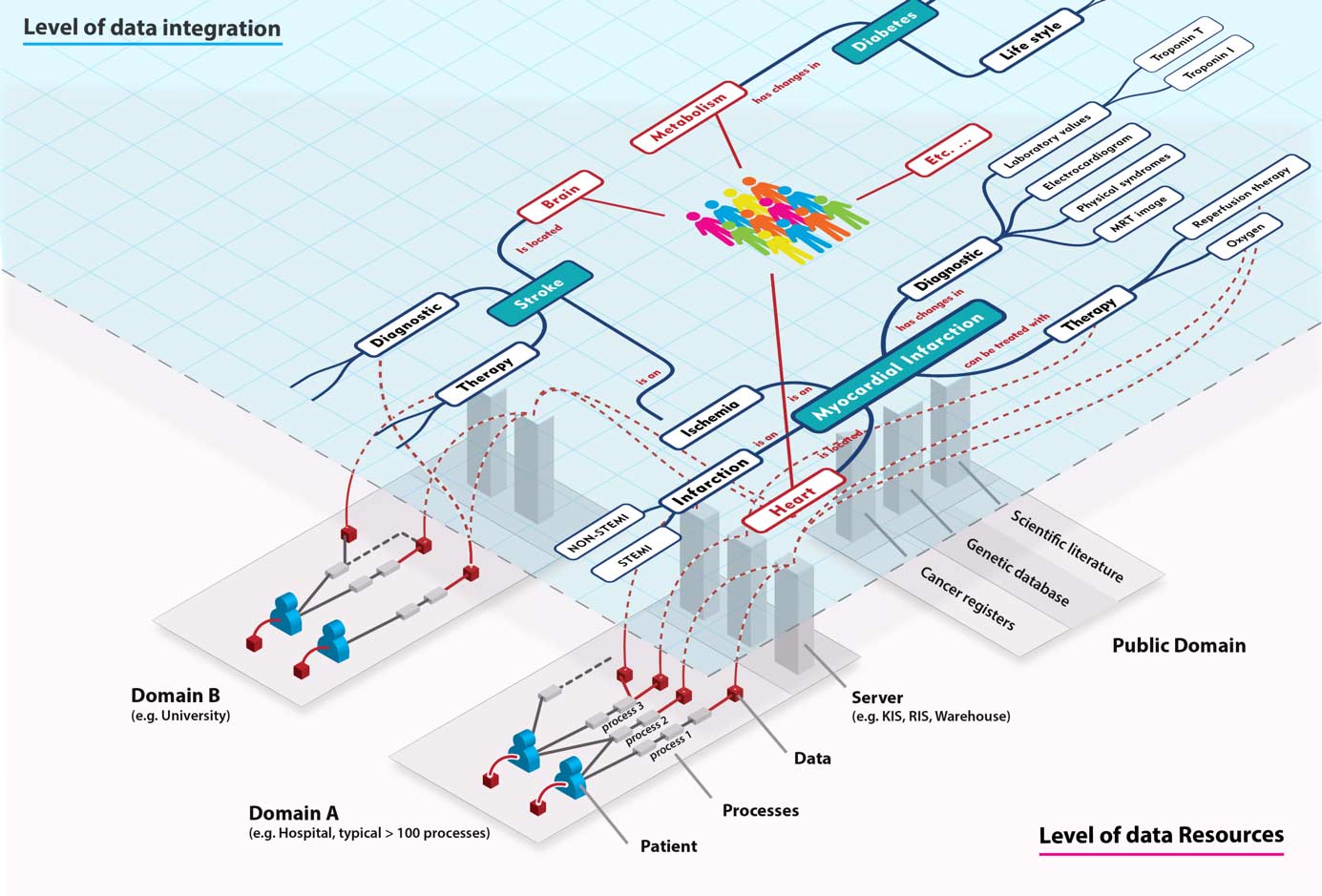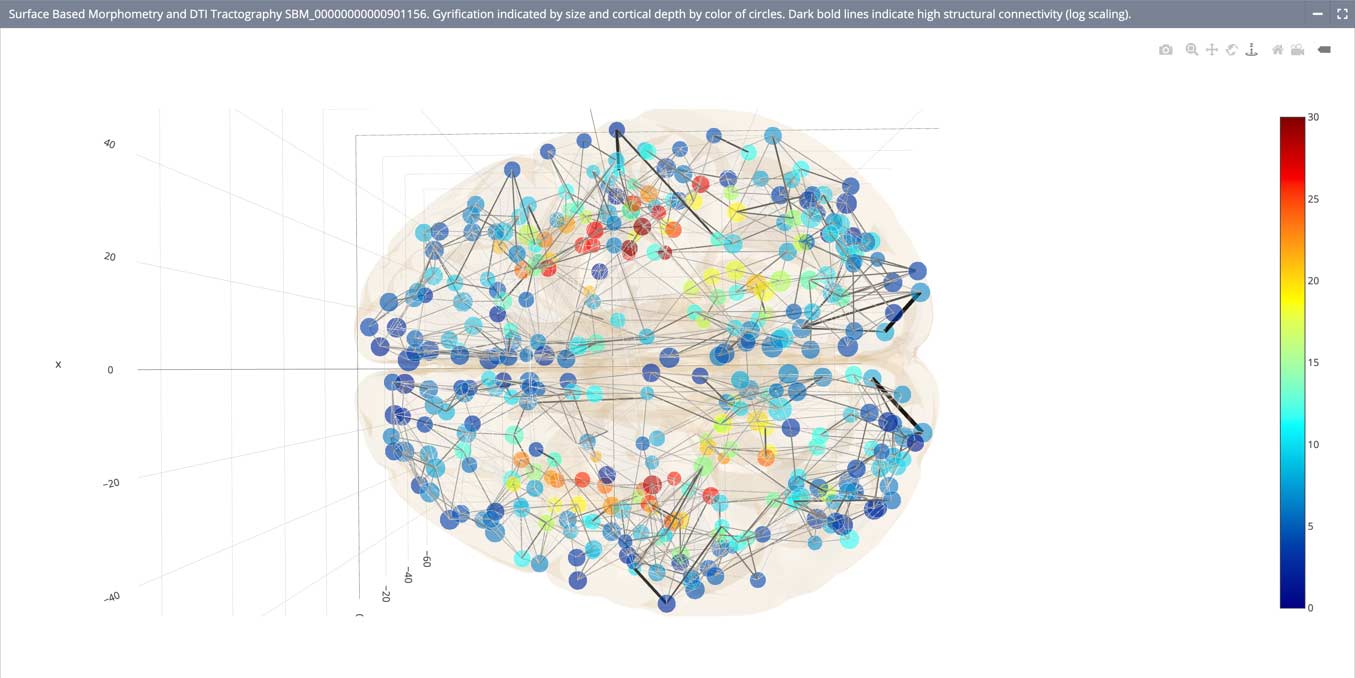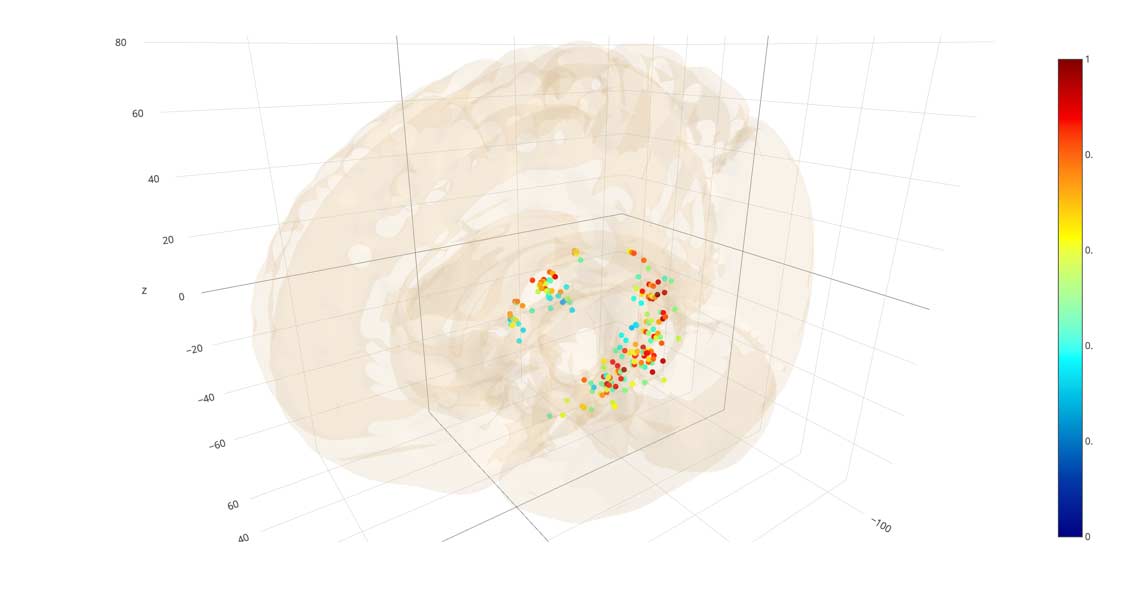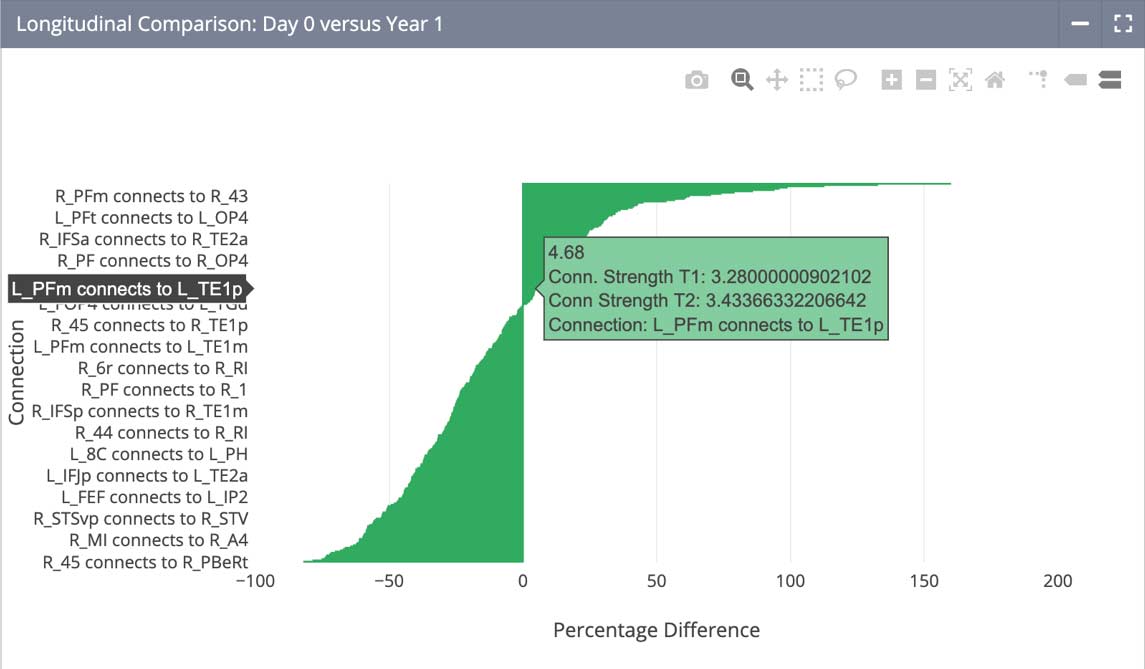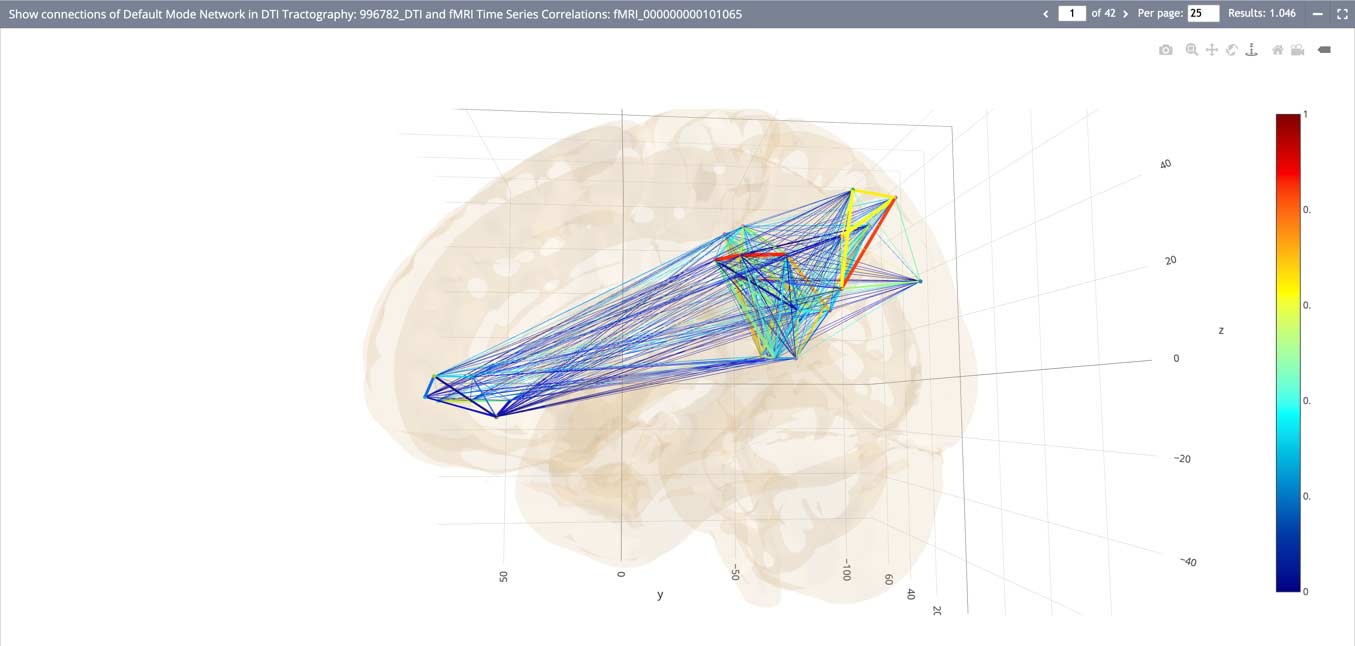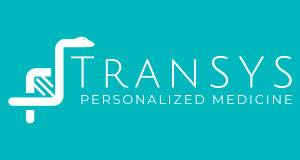NeuroXM™
Brain Science Suite
The NeuroXM Brain Science Suite provides comprehensive information from neuroimaging, molecular biology, neuro-genomic data, public ontologies and data sets integrated in a unified knowledge model.
Take a look
Take a look at NeuroXM™
Learn more
Built using LabVantage-Biomax’s fully configurable solution, the BioXM™ Knowledge Management Environment, the NeuroXM suite provides comprehensive information from neuroimaging, molecular biology, neuro-genomic data, public ontologies and data sets integrated in a unified knowledge model. The extendible network of interrelated neuroscience concepts gives users a single interface to collect knowledge, focus on specific questions and get a greater return on investments in expensive neurological data.
NeuroXM Brain Science Suite is to be used by the Human Brain Project platform technology EBRAINS. NeuroXM contributes its unique and patent pending database and knowledge management technology to make connectome and brain atlas data more easily accessible through EBRAINS to researches.
Your benefits
Your Benefits
With the NeuroXM suite, dealing with multimodal brain data becomes easy and straightforward. Not only do you get a grip on your brain data, you gain new insight and open new possibilities for research and healthcare.
- Organize, structure and annotate large neuroscientific and clinical data sets
- Integrate neuroimaging data with neuro-genomic data (e.g., gene expression and receptor density measurements)
- Connect to other public and proprietary resources (like the Human Allen Brain Atlas or Brede ontologies)
- Identify distinct structural and functional connections in a brain image of a patient and semantically integrate them with other data
- Annotate and analyze data representing a nerve bundle or fiber (and thus a connection in a connectome) with a wide range of other revealing data
- Integrate and use virtually any analysis tool
- Run comparative analysis across data sets
- Re-use data to hone experiments or improve patient treatment
More details
Manage big data in brain science
NeuroXM users can easily collect and organize massive neuroscientific and clinical data sets. Neuroimaging data from any modality can be imported and connected to the semantic knowledge model.
Rather than searching in disparate databases or multiple spreadsheets, NeuroXM users have a single unified interface to assess and annotate massive neuroscientific and imaging data.
Integrate, standardize and analyze
The NeuroXM suite makes it possible to standardize and automate image preprocessing workflows.
Distinct structural and functional connections in a brain image of a patient (e.g., a nerve bundle or fiber) can be identified, annotated and semantically integrated with functional, experimental, -omics data and other, e.g., ontological metainformation.
Correlate behavior with brain pathology
The NeuroXM suite can extract integrated facts from images.
For example, it can integrate quantitative facts such as cortical thickness (surface- and voxel-based morphometry), structural and functional connection strengths (from DTI, fMRI, MEG and EEG), as well as receptor densities (from PET) and display them in intuitive reports or lattice graphs or use them to build functional brain networks.
Explore mouse transcriptome for new drug targets
Based on multiarray gene expression data from the Mouse Allen Brain Atlas, NeuroXM allows you to find localizations of potential drug targets in mice.
Gene expression data is normalized across the brain to make interarea comparisons possible.
Gene expression data can be filtered by threshold, or by Region of Interests or anatomical concepts in which genes are expressed to find the needle in the haystack.
Explore transcriptome data in humans to validate potential drug targets
Genes can be very differently expressed in mice and humans.
Use NeuroXM at a very early stage in drug development to validate your drug target in humans before you start phase I trials by comparing gene expression patterns of homologue genes in mice and humans.
Gene expression data from the Human Allen Brain Atlas is fully semantically integrated with human connectome datasets, e.g., from the Human Connectome Project, ADNI or UK Biobank to extract and explore multimodal human transcriptome and connectome networks.
Objectify treatment effectiveness
Neuropharmacology, neurorehabilitation and psychological treatment aim at repairing pathological brain states and connectivity patterns.
The NeuroXM suite can easily organize longitudinal assessments of brain connectivity and other biomarkers and can quantify changes over time.
The effectiveness of treatment is no longer a subjective clinical evaluation, but becomes transparent and objectifiable based on quantitative facts.
Explore brain circuitry
The NeuroXM suite lets the user define brain circuits with the help of anatomical and functional ontologies and to use them as templates to filter connectome datasets extracted from DTI tractography or fMRI time series correlations.
Changes in brain circuitry can be the structural correlate of neurological diseases and mental disorders.
The NeuroXM suite enables clinicians to compare behavior to brain pathology more easily.
Watch video
Learn more about NeuroXM™
References, partners and funding
Back to top

